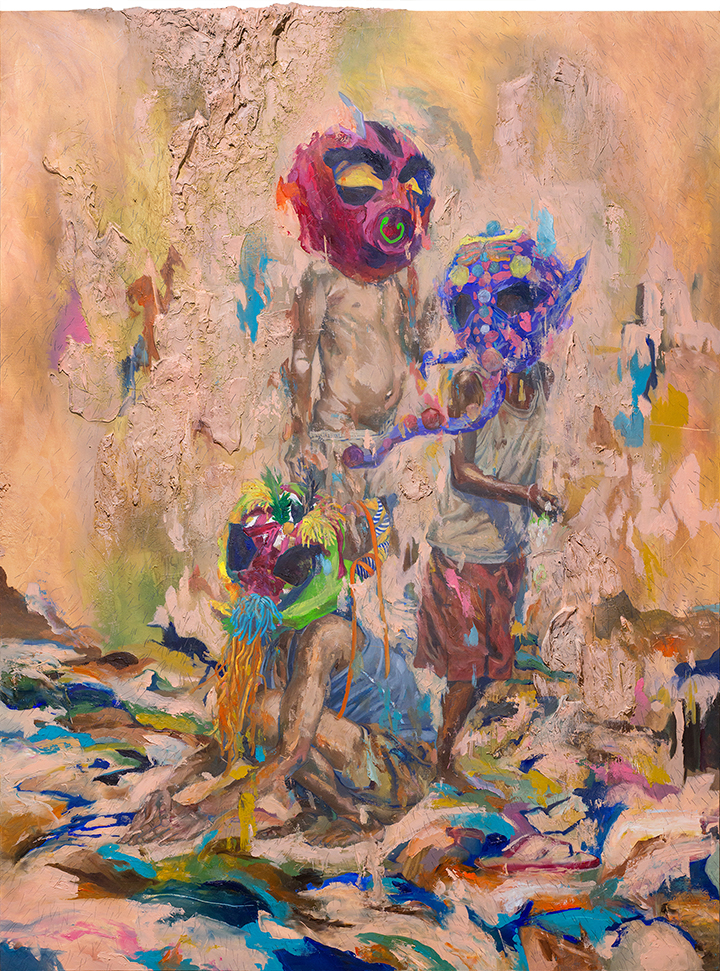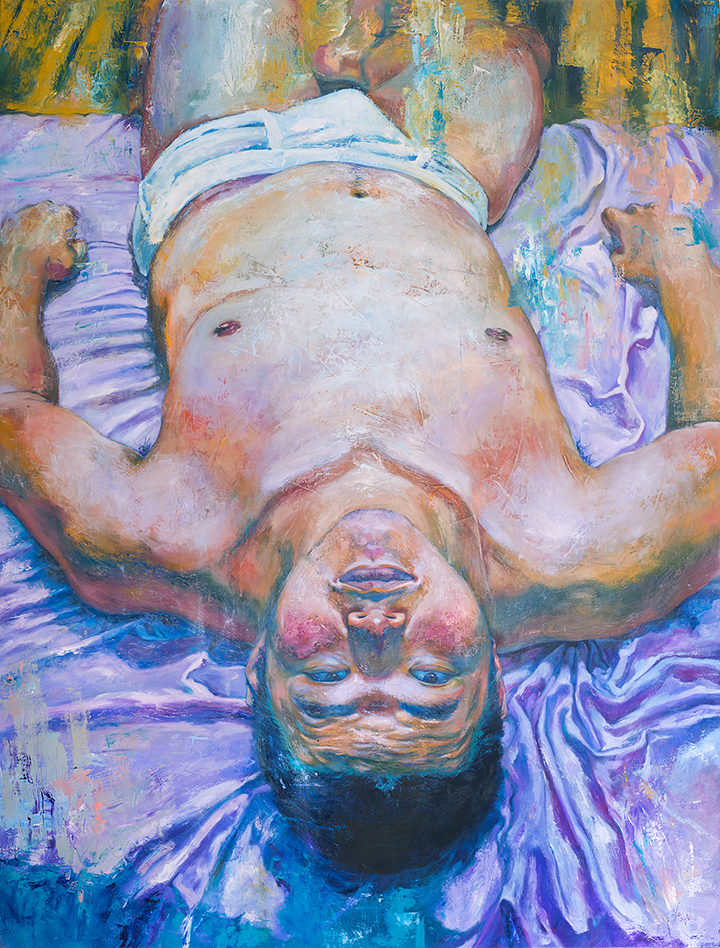Isobel Francisco
Meet visual artist from the Philippines, Isobel Francisco.

Tell us a little bit about yourself.
I’m short. I’m content with staying in my room all day and night. I’m perpetually unsatisfied with what I’m doing. I live on music.
Describe the city you’re living in and what it’s like to live there.
The city is generally good to me because I’m a middle-class visual artist who no longer has to commute to work every day. If I was any poorer, or if I was still employed at an office, or if I was more politically active, this city would treat me without mercy.
The city is generally good to me because I’m a middle-class visual artist who no longer has to commute to work every day. If I was any poorer, or if I was still employed at an office, or if I was more politically active, this city would treat me without mercy.
What is the best and worst thing about living in your city?
Best: the diversity of Asian food within reach. Worst: the massive gap between the rich and the poor.
Give us 3 words that describe what it’s like to be a creative in your city.
Brimming, welcoming, active
How did you start your career in art?
My iMac broke down after barely a year of starting out digital painting, and in response, a few visual artists in my local community cheered and encouraged me to pick up oils instead.
My iMac broke down after barely a year of starting out digital painting, and in response, a few visual artists in my local community cheered and encouraged me to pick up oils instead.
Were the people around you supportive of your decision on working as a creative?
With the exception of my parents, pretty much everyone in my community and (even my workplace, before I resigned) was supportive. Some local artists even went out of their way to teach me the basics of priming canvases and painting in oils, and also to show me where to buy the right supplies.
What are some goals and ambitions you have for your future work?
I plan on continuing my “Aren’t We All Running” series. I want to experiment with other materials and surfaces—create things less pretty, less structured, less commercial. I want to give myself more time to fail and try again.
I want to give myself more time to fail and try again.
If you could collaborate with any person in the world who would it be?
I would be happy to collaborate with a sound designer.
How would you describe the women around you?
They are often exceptional because they have little choice in the matter.
Were there any local female creatives that you looked up to when you were growing up?
One of the first artists to help me get started was Katrina Pallon, and I looked up to her resourcefulness, her consistency, her love of painting. She was the first to prove to me that a Filipino artist could paint for a living.
Are there any challenging aspects of being a female in your industry?
I believe, at least compared to other parts of Asia, that female artists in the Philippines are not severely discriminated against in terms of their work. But also, as with any other industry, I’ve known multiple experiences of unwanted advances and sexual harassment of female artists.
It is a good time to be a visual artist in the Philippines. It is not easy, but more often than not their hard work will yield results as long as they make yourselves known and heard.
Do you have any advice to young women who are aspiring to work in your field?
It is a good time to be a visual artist in the Philippines. It is not easy, but more often than not their hard work will yield results as long as they make yourselves known and heard. Most importantly, their work is more valuable than they realize. I hope they will learn not to short-change their skill or their message.
Photos courtesy of Isobel Francisco.
Website:
Instagram:
Category:
PhilippinesDate:
December 13, 2019









